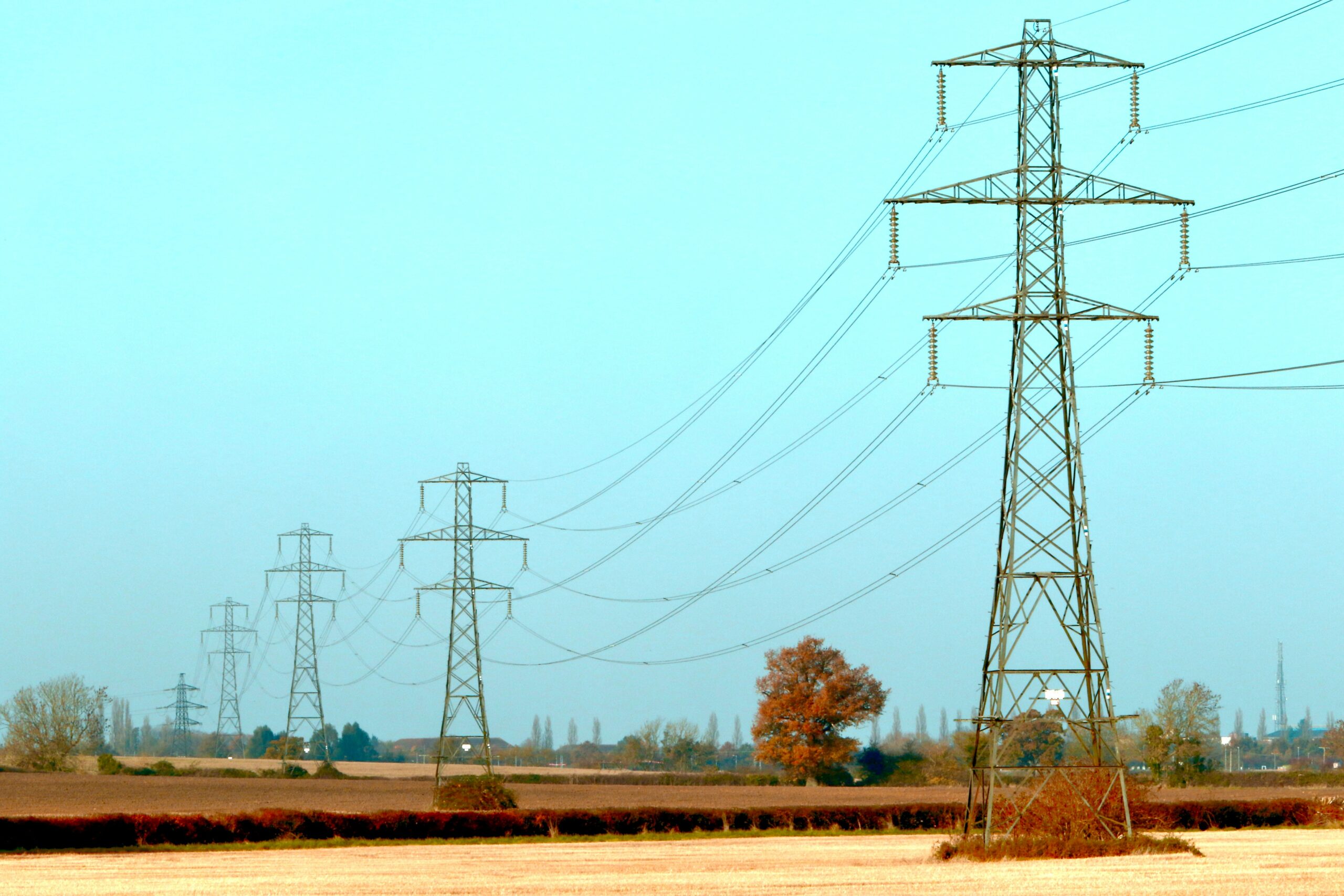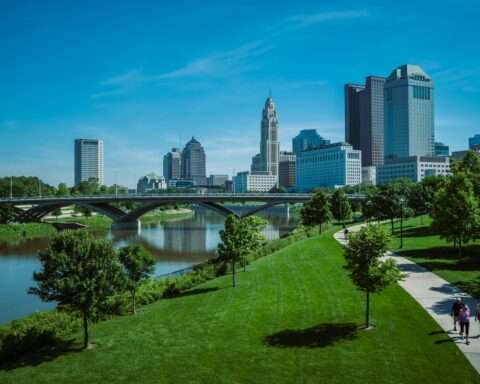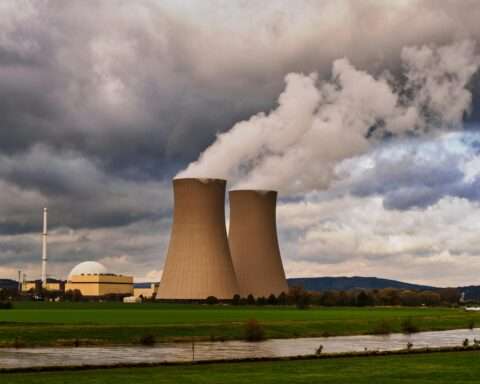The U.S. Department of Energy is investing $371 million in 20 projects across the country that will build and upgrade transmission power lines to make the electrical grid more efficient. As more clean energy resources connect to the grid, the funds will support the infrastructure connecting wind and solar power generation to population centers.
“Every pocket of the country is experiencing the grueling impact of extreme weather and there’s no doubt that we must expand our transmission grid to get more clean, resilient power to more people, in more places,” U.S. Secretary of Energy Jennifer Granholm said in a press release.
One of the largest barriers to achieving net-zero emissions by 2050 is the lack of adequate electricity transmission. Large power lines have a limit on how much energy they can carry, which has created a bottleneck in the fight against climate change. Some clean power gets stranded and goes to waste because transmission lines are too crowded to bring electrons from solar panels and wind turbines to homes and businesses.
The DOE funding is a significant step in opening the transmission capacity bottleneck. At the same time, the investment focuses on ensuring communities in the path of new transmission lines are treated fairly. Awarded through the Transmission Siting and Economic Development grants program, the funds will help support construction of at least 16 transmission lines to alleviate the strain on the electrical grid and allow more clean energy to reach populations, the DOE said. The $371 million investment represents a portion of the grant program’s $760 million war chest allocated by passage of the Inflation Reduction Act in 2022.
Out of the 20 project selections, four will assist in permitting and siting of future projects, making up more than $17 million of the total investment. The overwhelming majority of the funding will go toward projects that the DOE categorizes as economic development activity, such as investments in education and job training. About $353 million will flow toward 16 economic development projects designed to help the communities alongside new transmission lines.
In Oklahoma, Guymon Public Schools will receive $50 million to build a junior high school and a job training center. The school will have special classrooms for science and technology. The training center will offer classes for adults to learn new job skills. This project seeks to improve education and create more job opportunities in the area, which is in the path of the Three Corners Connector transmission project.
Another $50 million will go to the New Jersey Economic Development Authority focusing on communities affected by offshore wind power projects. The project lets local residents decide how to spend some of the money on community sub-grants. The plan also includes job training programs for electrical work and will create new bike trails along power line routes. These trails will connect different parks in the area, adding a recreational benefit to the power project.
On the permitting and siting side, most of the funds will flow to the Midwest and Rust Belt region. With more than $8 million, the Illinois Commerce Commission will work to speed up the approval process for new power lines across the state. The commission will use funds to improve communication and outreach with communities. It will also digitize maps showing environmental and cultural sites near the proposed power lines.
The Pennsylvania Public Utility Commission received $4.5 million to help speed its process for approving new power lines. The funds will help expand public outreach efforts, increase the number of sites the commission can visit to determine power line routes and provide more training for its staff.
The Wisconsin Public Service Commission also received $3 million, and the city of Alamosa, Colorado, received $1.7 million for permitting and siting assistance. The DOE has not finished funding projects to support transmission line construction. Another round of grant award winners is expected to be announced in the fall.
Photo by James Wainscoat on Unsplash













